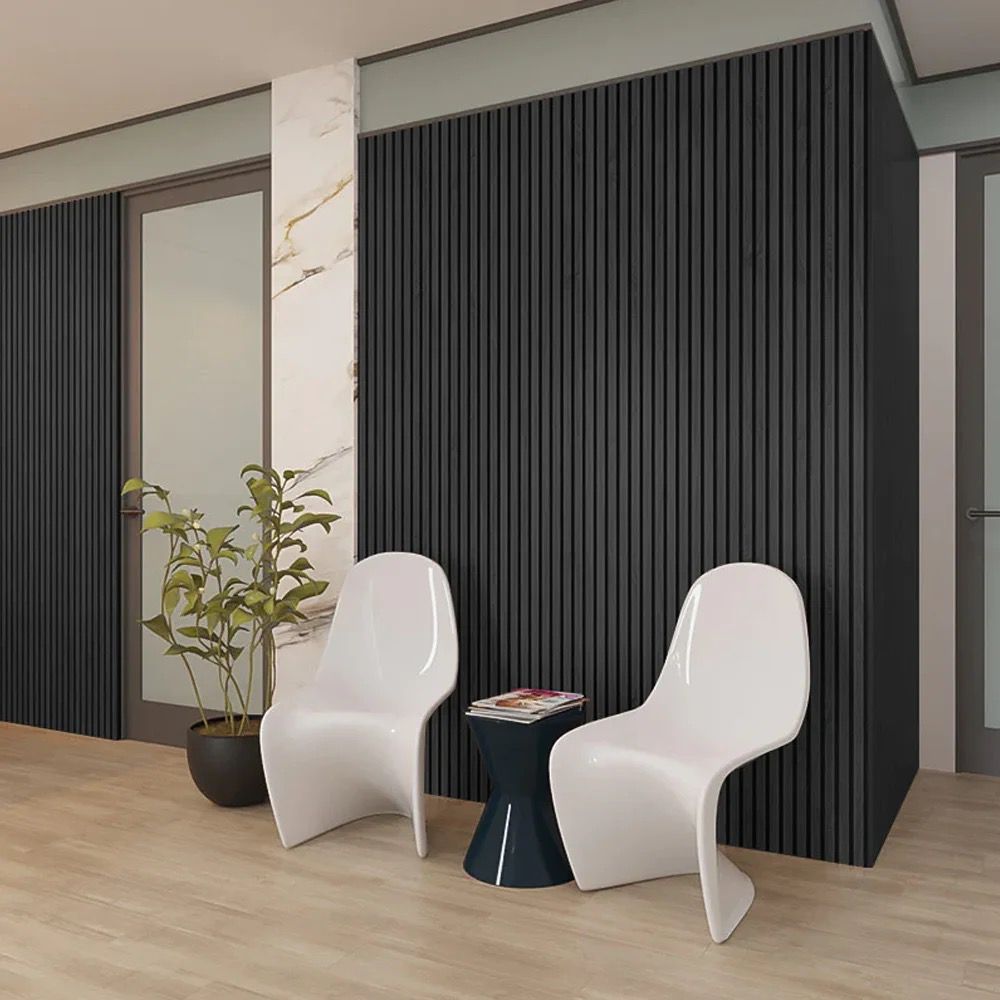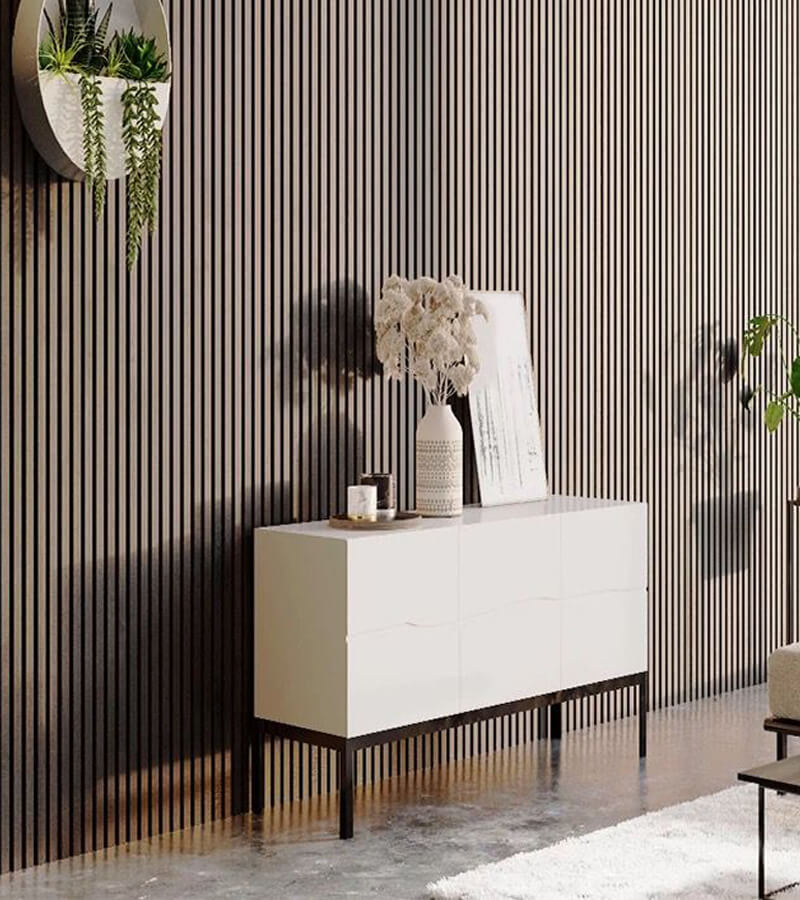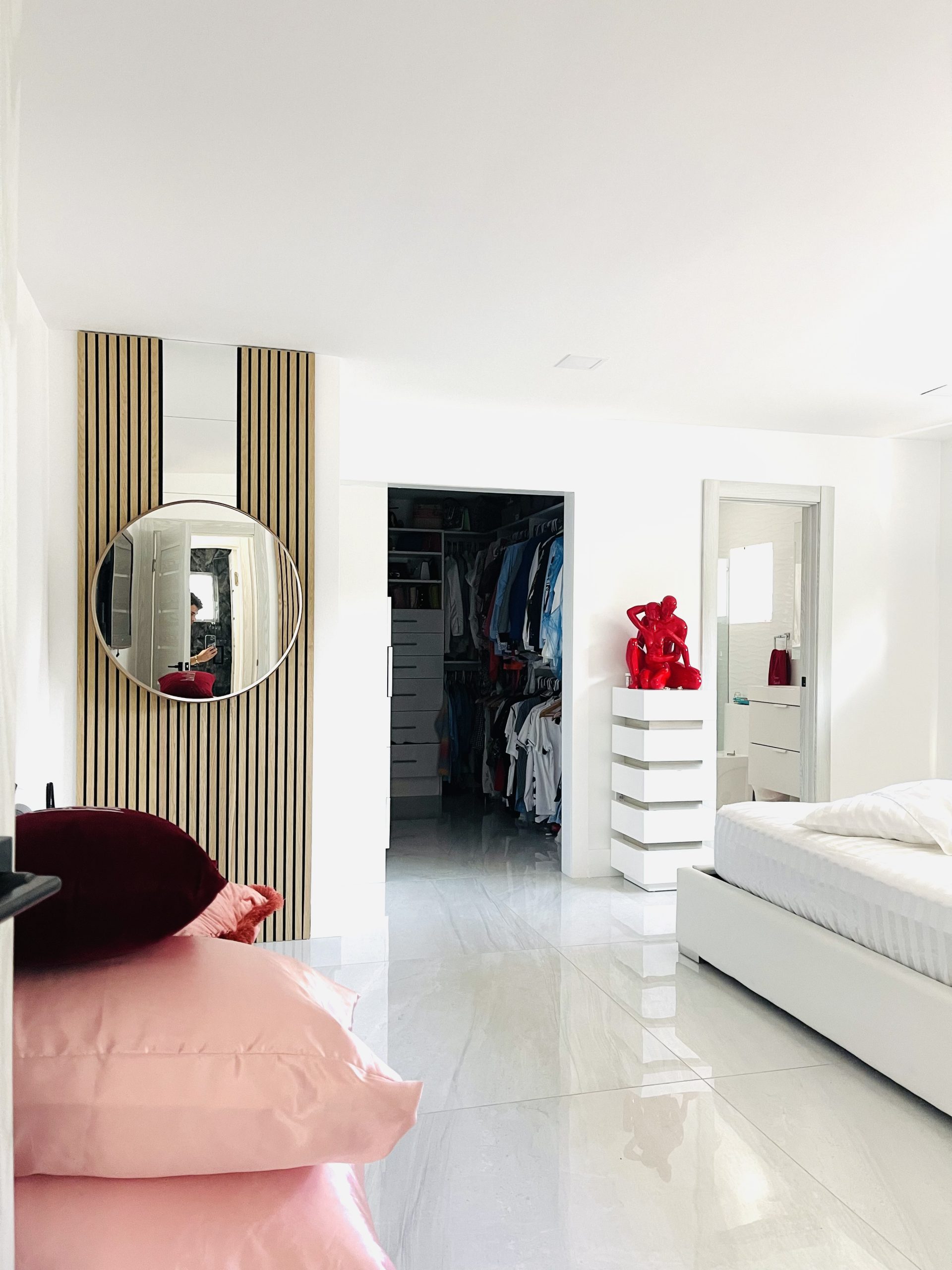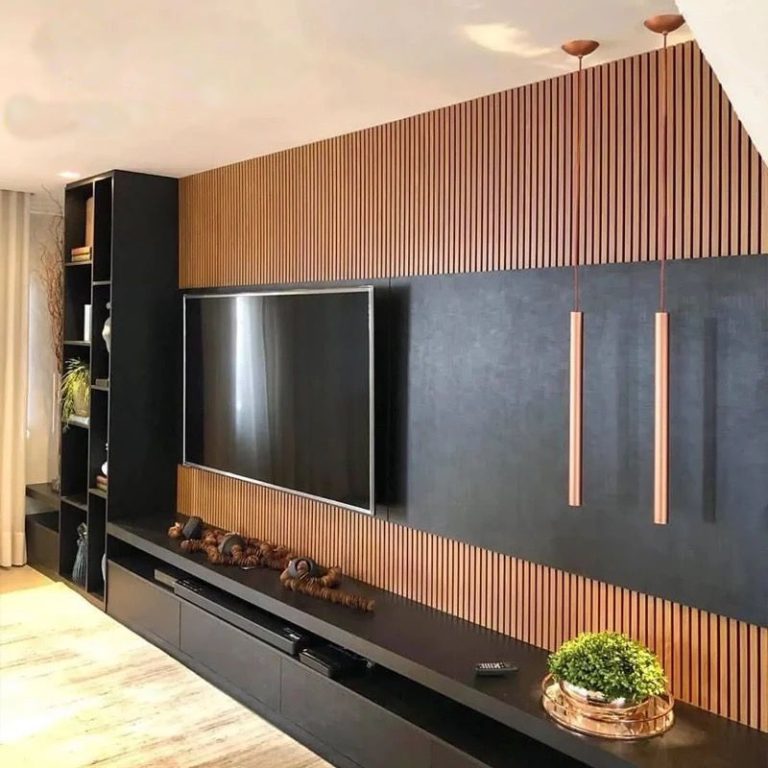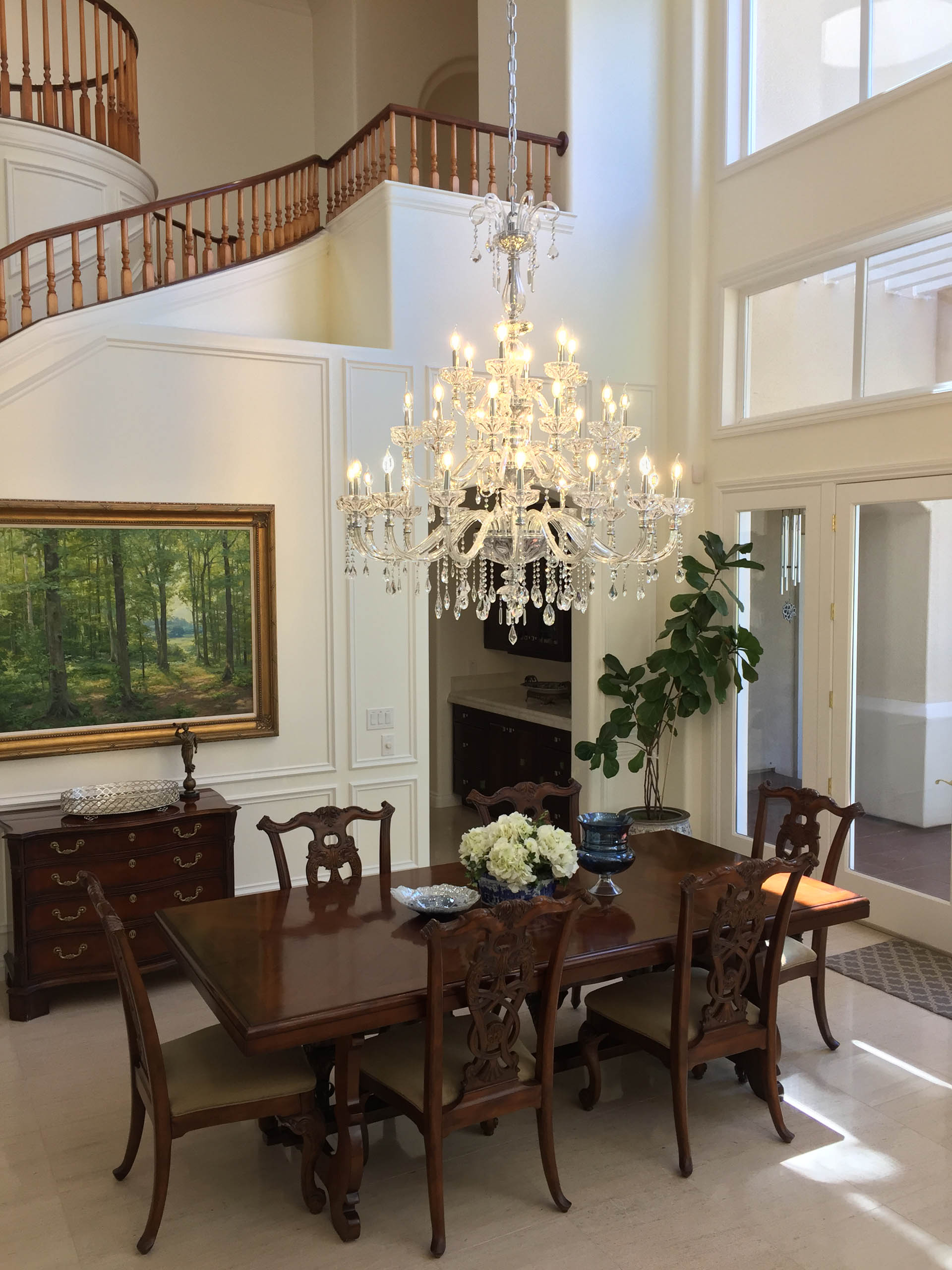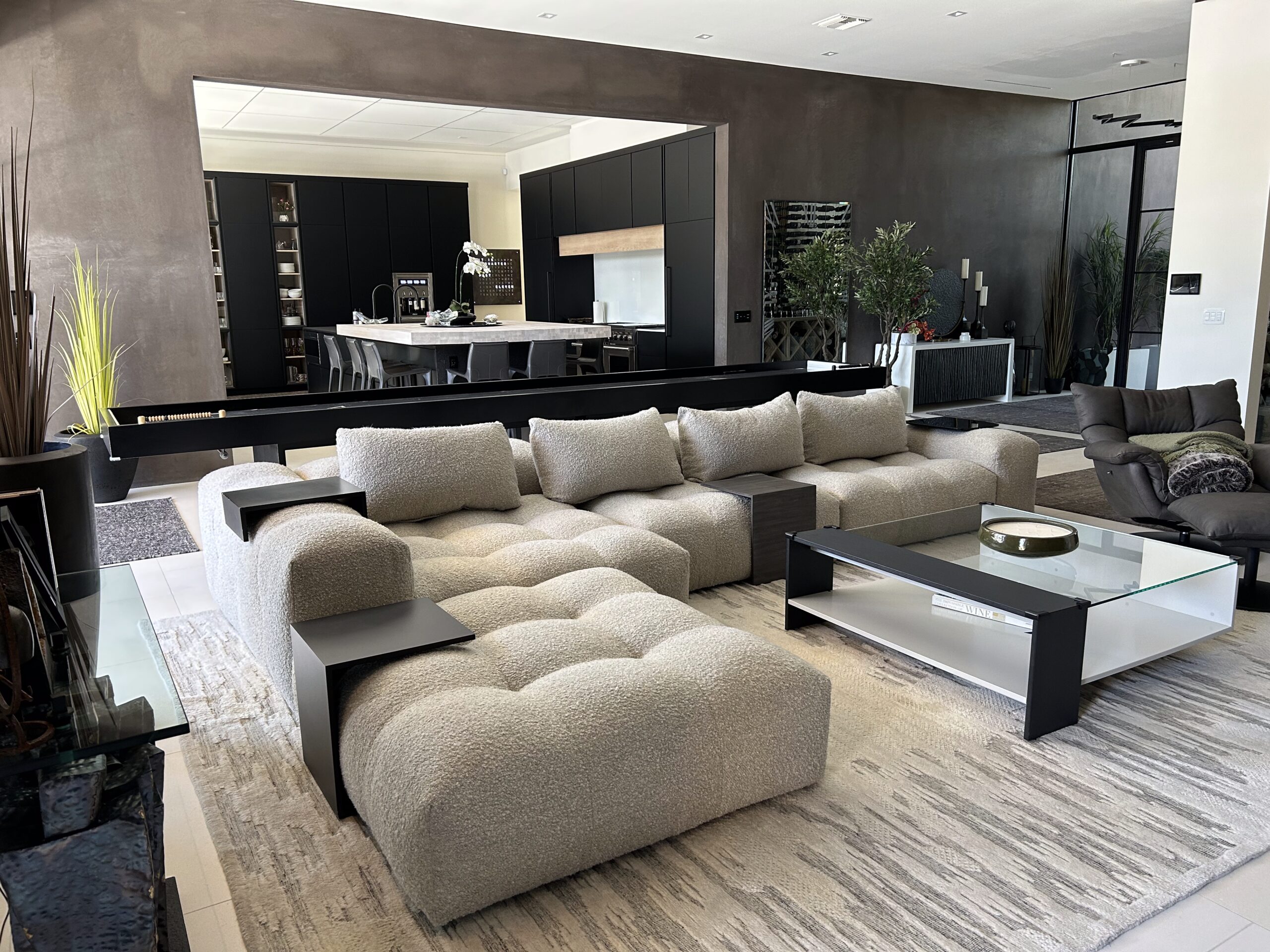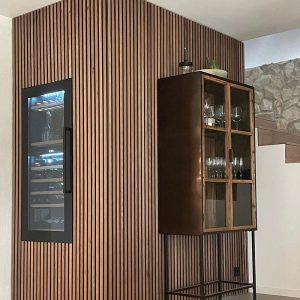Interstate moving with children can be both an exciting and stressful journey. For Black families, the move isn’t just about boxes and logistics it’s also about creating a sense of continuity, cultural belonging, and emotional stability for the entire household. Whether you’re relocating for a new job opportunity, to be closer to family, or to settle in a more welcoming community, the key to a smooth transition lies in intentional preparation and open communication.
Drawing inspiration from the Successful Black Parenting guide, this article offers practical, culturally aware strategies to help you and your children navigate your next big move with confidence and clarity.
Start with a Solid Plan: Create a Moving Timeline
Moving across state lines involves a variety of moving parts literally and figuratively. The earlier you start planning, the smoother the process will be. Create a comprehensive moving timeline that begins two to three months in advance. Use tools like Google Calendar or a printable checklist to organize tasks such as:
- Researching and hiring reputable movers
- Decluttering and donating unused items
- Notifying schools and updating medical records
- Scheduling utility cancellations and installations
Be Budget-Savvy: Prepare for Hidden Costs
Interstate moves aren’t cheap. The American Moving and Storage Association estimates the average cost of a long-distance move to be over $4,000. That price can increase with added services like packing assistance or temporary housing. To manage expenses:
- Get multiple quotes from licensed moving companies
- Ask about hidden fees for stairs, delays, or specialty items
- Set aside 10-15% of your total budget for unexpected costs
Additionally, keep receipts for tax-deductible expenses if your move is job-related. Your budget should not only reflect logistical expenses but also leave room for emotional comfort such as transitional therapy or special outings with your children to ease the adjustment.
Involve Your Children in the Journey
Children, no matter their age, can benefit from being part of the moving process. Including them in decision-making not only eases anxiety but also gives them a sense of agency. Depending on their age, your child might:
- Help pack their own toys and clothes
- Research local attractions in your new city
- Choose paint colors or decor for their new room
Use this time to talk openly about the reasons for the move. Acknowledge their feelings and validate any concerns they have. Reassure them that change, while challenging, can also bring growth and exciting new opportunities.
Keep Daily Routines Consistent
One of the most effective ways to ease your child’s transition is to stick with established routines. Familiar bedtime rituals, meal schedules, and screen-time rules help create a sense of stability amidst the chaos of boxes and new surroundings.
Even if you’re staying in temporary housing or a hotel, try to maintain routines like family dinners, bedtime stories, or Sunday morning pancakes. The more you preserve these comforting habits, the more secure your children will feel.
Discover the New Community as a Family
Exploring your new neighborhood together can build excitement and help children feel more connected. Look for kid-friendly places like:
- Libraries and bookstores
- Parks and recreation centers
- Youth clubs or local sports leagues
- Black-owned businesses or cultural centers
Finding culturally affirming spaces is especially important for Black families who want to maintain community ties and ensure their children continue to feel seen and supported in their new environment.
Prioritize Setting Up the Kids’ Spaces First
Once you’ve arrived, one of the first things you should unpack is your children’s personal spaces. Seeing their favorite blankets, books, or posters in the new house can help ground them emotionally.
Let your kids arrange their rooms however they like, within reason. This gives them control and helps them feel like the new space belongs to them, not just a temporary stop.
Encourage Emotional Expression and Patience
Even the most well-planned moves can lead to emotional challenges. Children might act out, withdraw, or experience anxiety. Keep lines of communication open and let them know that it’s okay to feel sad, angry, or confused.
For further guidance on moving best practices and regulations, consider consulting authoritative sources such as the Federal Motor Carrier Safety Administration (FMCSA). They provide comprehensive information on interstate moving regulations, consumer rights, and safety guidelines.
Final Thoughts: Embrace the New Chapter Together
Relocating your family especially when it involves interstate moving with children requires more than just logistical coordination. It calls for emotional sensitivity, strategic planning, and a shared family vision for the future. With the right tools and mindset, your family can not only survive the move but thrive in your new home.


